This blog was written by Jenna Pearson. Meet our blogging fitness specialists at the NIFS website.
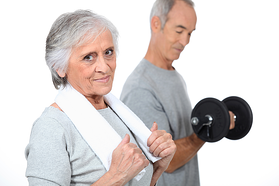 Most people would agree that regular exercise is part of a healthy lifestyle, but how much of an impact does physical activity really have on one’s health and well-being?
Most people would agree that regular exercise is part of a healthy lifestyle, but how much of an impact does physical activity really have on one’s health and well-being?
The American College of Sports Medicine (ACSM) has been advocating exercise as medicine since 2008, and when you look at the statistics, the reasoning behind their now-famous Exercise is MedicineTM initiative becomes clear. Studies have shown that regular exercise does the following:
- Lowers the risk of stroke by 27 percent.
- Reduces the risk of developing type-2 diabetes by 58 percent.
- Reduces the incidence of high blood pressure by approximately 50 percent.
- Can reduce mortality and the risk of recurrent breast cancer by approximately 50 percent.
- Can lower the risk of colon cancer by over 60 percent.
- Can reduce the risk of developing Alzheimer’s disease by approximately 40 percent.
- Can decrease symptoms of depression as effectively as Prozac or behavioral therapy.
Newer research also suggests that certain exercise provides cognitive benefits. Specifically, exer-gaming may delay—or even prevent—dementia, and has been shown to improve cognitive function in normal aging. Such exer-games include CyberCycle by Expresso and Shadowboxer ACTIVE.
Exer-games are also beneficial to physical aspects of health, as they shift one’s attention from the sometimes monotonous mindset of exercise to the task at hand, allowing them to put forth greater effort. Exer-games may also be more enticing for those who are easily bored by traditional exercise, thus helping them to more easily commit to a regular exercise routine.

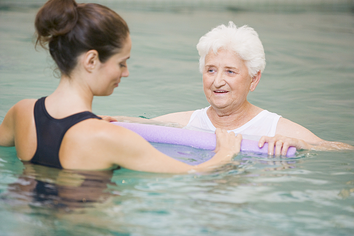 The small study, conducted at the University of Texas, found a decrease of almost 10 mm Hg in the systolic blood pressure (the number “on top”) of seniors who had borderline high blood pressure but were not receiving any type of treatment for their condition. As a bonus, researchers also found improved elasticity in the arteries of the participants, which is beneficial for preventing stroke and heart disease. These positive results were exhibited after three to four days per week of various swimming exercises for a total of twelve weeks.
The small study, conducted at the University of Texas, found a decrease of almost 10 mm Hg in the systolic blood pressure (the number “on top”) of seniors who had borderline high blood pressure but were not receiving any type of treatment for their condition. As a bonus, researchers also found improved elasticity in the arteries of the participants, which is beneficial for preventing stroke and heart disease. These positive results were exhibited after three to four days per week of various swimming exercises for a total of twelve weeks.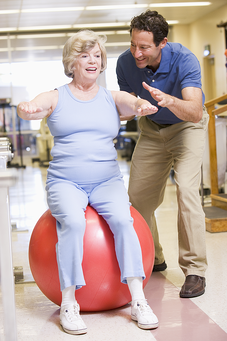 Balance: simple right? I regularly work with a senior population that tells me, “My balance is lost” or “I don’t have balance.” They are under the impression that you either have balance or you don’t.
Balance: simple right? I regularly work with a senior population that tells me, “My balance is lost” or “I don’t have balance.” They are under the impression that you either have balance or you don’t.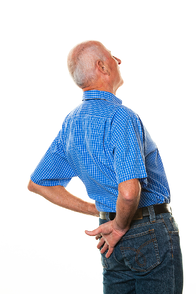 Pain, swelling, and stiffness associated with arthritis do not make physical activity fun or easy. Research has shown, however, that exercise is a vital tool for managing discomfort associated with arthritis.
Pain, swelling, and stiffness associated with arthritis do not make physical activity fun or easy. Research has shown, however, that exercise is a vital tool for managing discomfort associated with arthritis.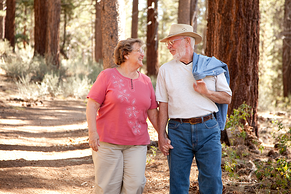 Walking has long been touted as one of the most effective forms of aerobic exercise an individual can perform. The convenience of walking and the relative ease of it (compared to some other forms of high-impact exercise) make it a beneficial part of any exercise program for individuals of all ages.
Walking has long been touted as one of the most effective forms of aerobic exercise an individual can perform. The convenience of walking and the relative ease of it (compared to some other forms of high-impact exercise) make it a beneficial part of any exercise program for individuals of all ages. It’s probably just my desire as a wellness center manager at a Continuing Care Retirement Community for the
It’s probably just my desire as a wellness center manager at a Continuing Care Retirement Community for the 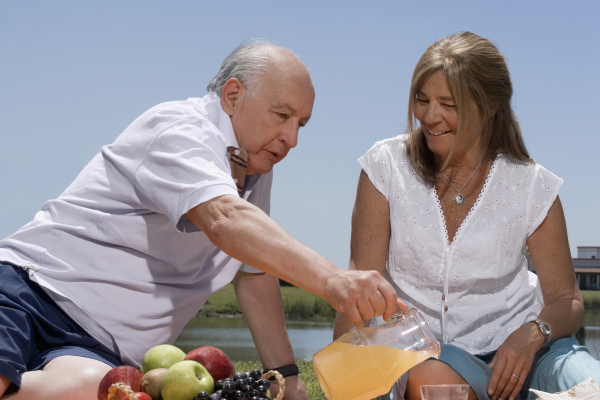 New Study Offers Parkinson's Prevention Hope
New Study Offers Parkinson's Prevention Hope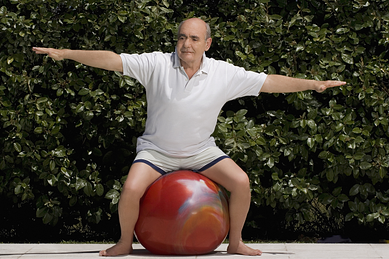 I had originally planned a four-week balance program with a three-month follow-up using the
I had originally planned a four-week balance program with a three-month follow-up using the 
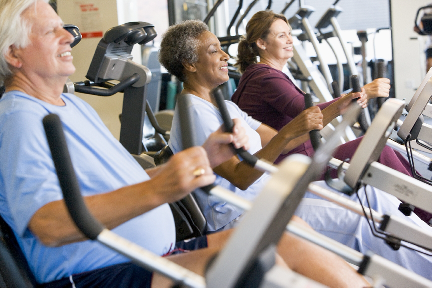 ependence. Regular strength training can help them do this from a physical standpoint, but maintaining their cognitive abilities is equally important. Interestingly enough, a loss in cognitive abilities is a risk factor for falls.
ependence. Regular strength training can help them do this from a physical standpoint, but maintaining their cognitive abilities is equally important. Interestingly enough, a loss in cognitive abilities is a risk factor for falls.